Copyright law for photography is a tricky subject. When you take a picture, you automatically own the copyright to that image. But what does that mean? What rights do you have as the copyright holder? How can you protect your work?
These are all important questions to answer if you’re a photographer, and understanding copyright law is essential for protecting your work and making sure you get paid for it
In this article, we’ll discuss the basics of copyright law as it applies to photography, including what rights you have as the copyright holder and how to register your work with the Copyright Office.
Just like a model release gives you rights to show a person's likeness, a property release does the same for properties. A property release specifies if you have permission to use the images for licensing or marketing. In architectural photography, licenses are granted to the builder, the architect, the interior designer, etc.
A property release will give you the right to license the use of the photos.
In the case of photography or video, the term "property" refers to buildings or personally-owned objects. That may sound like a property release is always needed, but it's actually not!
The key deciding factor is how recognizable the property is and whether it's visible from a public street. However, when it comes to architectural photography, it's essential to know the laws of architectural copyright.
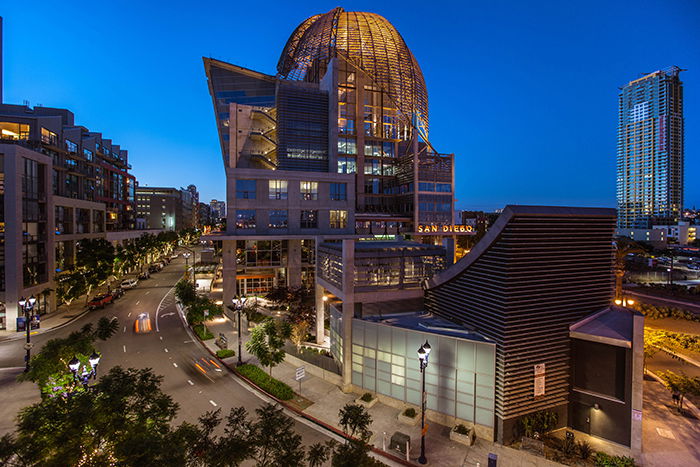
Public buildings, such as this library, are permitted to be photographed freely.
There is no one answer to whether you need a property release or not. Instead, it comes down to a number of conditions. For example, a property release is always recommended when working with clients.
This not only grants you rights to show the building, but it also encourages open communication about their use. Now let’s take a look at each factor individually.
Copyright protection for architecture was granted on December 1, 1990. This means that there is no copyright protection for buildings constructed before that date. You can still take photos of post-1990 buildings without a release, though, as long as the photo is of a public place.
This means that if you're not trespassing onto private property to take the photo, then you're in the clear!
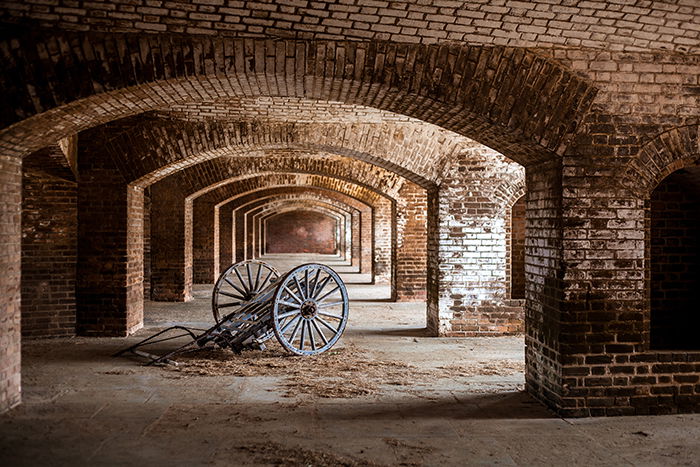
Any building constructed before Dec. 1, 1990, is not subject to copyright protection, so have fun!
The next determining factor is whether a building is recognizable. In the case of private homes, the homeowner may argue that their home is recognizable, and so it invades their privacy.
Also, any commercial use of that home's photos will then be associated with the homeowner.
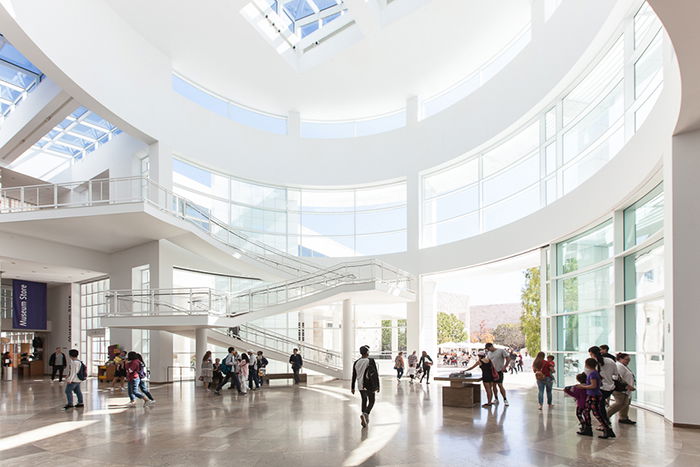
Public buildings can also be freely photographed inside.
Buildings can be trademarked if they have very unique appearances or are famously associated with a specific use. Since this can be a grey area, it's best to check the building's website or ask at the entrance if photos are permitted.
These days, most well-known structures have a website laying out their photo policy. It's important to note that copyright infringement based on a trademark applies for commercial use only.
So if you share the photos on your personal Facebook account, there's no infringement. If you post the images on your business website, however, that could be an infringement.
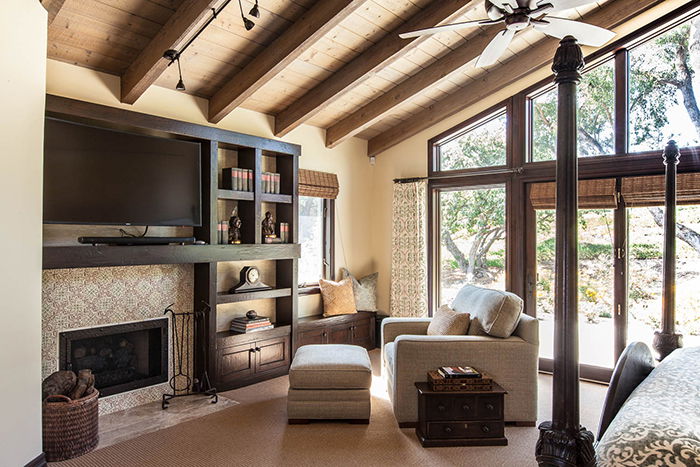
Private interiors that cannot be seen from a public location should always have a release.
Architectural copyright laws don't differentiate interiors from exteriors. The main point to keep in mind is the uniqueness of the space shown. If you show a photo of a fireplace, for example, that most likely is not enough to make it recognizable.
However, if you show a wider photo that shows the kitchen, living room, and some bedrooms through the doorways, you should get a signed release. In the case of wider shots that clearly show the layout, you also risk copyright infringement.
If there are very unique design elements in the interior photo that are not purely utilitarian, you most likely need a property release. Therefore, a property release is always recommended when working with interior designers.
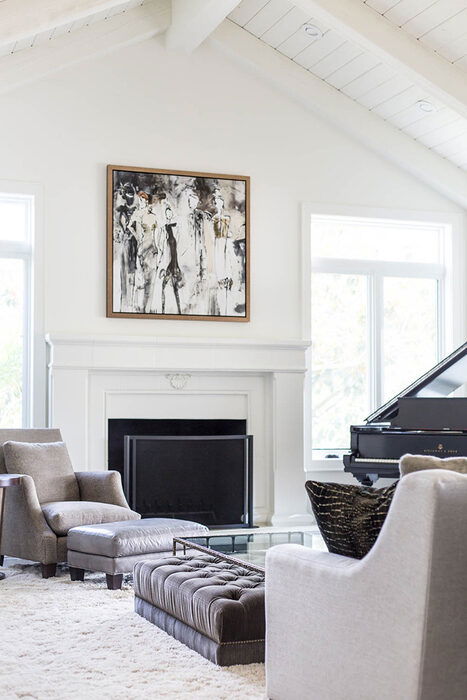
Artwork often has its own copyright protection separate from the property owner.
Especially when taking photos of interiors or commercial spaces, your images may include artwork. If the piece of art is in the public domain, then you don't have to worry about getting permission to show it. Knowing if it's public domain, though, may take some homework on your part.
If the art is not in the public domain, there are a couple more conditions to take into account. First, if the art is a piece of sculpture that is integrated into the building, then no property release is necessary. Second, if the photo is taken for "fair use" then copyright protection does not apply.
The details of the fair use can be found within Section 107 of the Copyright Act. “Fair use” serves a non-commercial purpose, such as educational, news reporting, or research.
Finally, you should be especially careful if taking close-up photos of copyrighted artwork. Once the artwork loses more of the context around it, the chance of copyright infringement is much higher. In general, a property release from the copyright holder of the artwork is recommended. Note, that often the copyright holder is not the person in possession of the art.
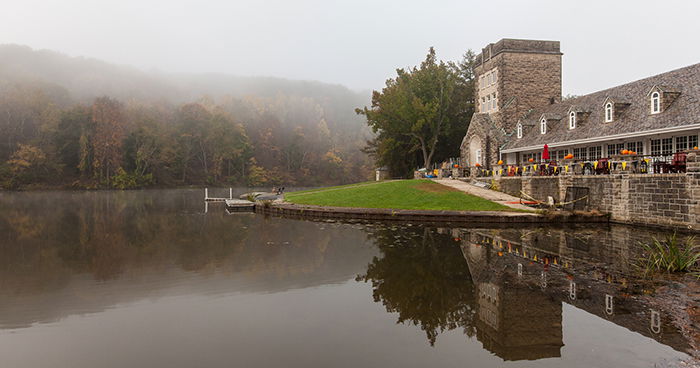
Landmarks and recognizable buildings may have a trademark, so be sure to check on their website or with an employee before taking photos.
Property releases grant you rights to use photos. But what about protecting your photos from copyright infringement? As with any other type of photography, there's a danger of your work being stolen for use.
In order to protect yourself, you can apply for copyright directly with the federal government. The process is simple and inexpensive. It is also useful to do the application in batches.
Laws are always evolving around the topic of copyright, so the rules are never cut and dry. Thankfully, finding sample property releases is quick and easy with an online search. To be on the safe side, it is always highly recommended to obtain a property release. This way, all parties involved are treated fairly.